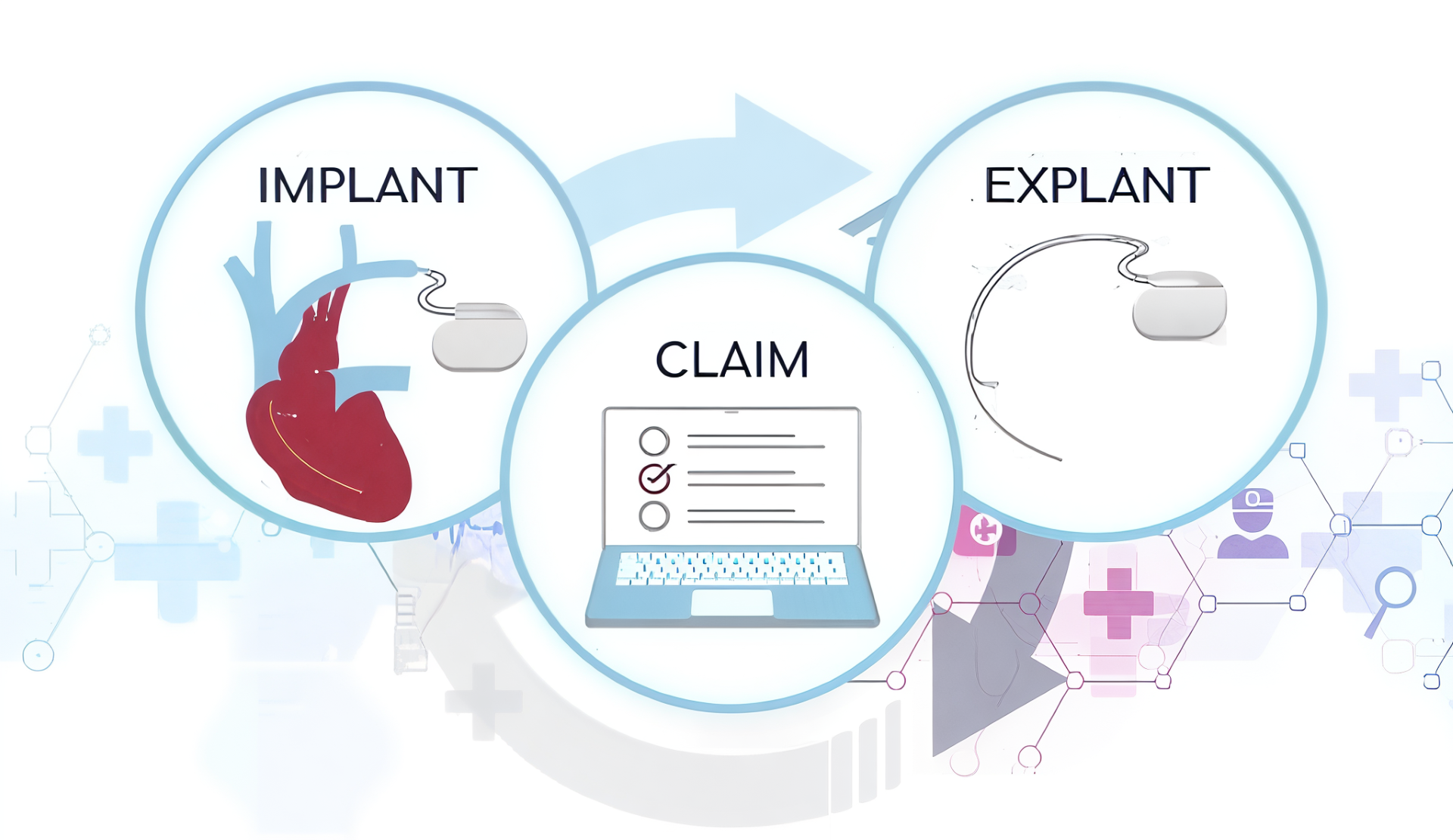2026 ICD-10 updates bring hundreds of new codes, new complexity

Editor's Note Healthcare providers, payers, and analytics teams face sweeping ICD-10 changes this fall, with the 2026 code updates taking effect October 1, 2025, Wolters Kluwer July 14 reports. The release includes 614 new codes, 12 invalidations, 642 billability changes, 88 terminology revisions, and the creation of an entirely new…
ASCs face growing pressure to centralize implant management as specialty volumes surge

Ambulatory surgery centers (ASCs) are taking on more high-acuity, same-day procedures than ever before. This growth is driven by evolving clinical protocols, cost-conscious reimbursement strategies, and expanded capabilities in outpatient care. Specialties like orthopedics, spine, ophthalmology, and cardiovascular care are moving more complex cases—and the implants that come with them—out…
Immigration raids are driving patients back to telehealth and ERs

Editor's Note Providers are reviving pandemic-era telehealth strategies as stepped-up federal immigration raids deter some patients from visiting clinics, KFF Health News reports via HealthLeaders August 14. With families fearful of arrest following the Trump administration’s rollback of protections for “sensitive” areas such as hospitals and schools, physicians report sharp…
Study: Mixed reality system shows promise as alternative to optical neurosurgical navigation

Editor's Note A mixed reality navigation (MRN) system for neurosurgery achieved performance comparable to traditional optical navigation (TON) in certain clinical scenarios, while significantly reducing equipment costs, according to an August 1 study published in BMC Surgery. The MRN system, built around a Microsoft HoloLens headset and infrared tracking tools,…
Nearly half of hospital patient harm events go unreported, OIG reveals

Editor's Note Nearly half of hospital harm events—particularly surgical events—were not captured by reporting systems, according to a July 30 TechTarget report on new findings from the Office of Inspector General (OIG). The OIG report examined 299 harm events experienced by a nationally representative sample of 770 Medicare patients discharged…
Report: AI, third-party risks open gaps in healthcare cybersecurity

Editor's Note Serious cybersecurity vulnerabilities remain in healthcare despite significant improvements in recent years, according to a July 16 MedCity News report on recent data from cybersecurity firm Fortified Health Security. Fortified’s research, which reportedly draws on NIST CSF data and first–hand experience from the field, assesses the state of…
Proper planning prevents OR construction, renovation cost creep

How would you describe the ideal OR? Whatever the answer, the chance to reimagine and reshape the perioperative suite can be among the most exciting projects of a perioperative leader’s career. However, OR construction and renovation also can be among the most daunting projects of a perioperative leader’s career. Just…
AI tools monitor, reduce OR infection risks

Editor's Note AI-enabled sensors, smart surveillance systems, and predictive analytics are advancing perioperative workflows while helping prevent breaches that can lead to surgical site infections (SSIs). This is the primary takeaway of a July 15 Q&A with Herman DeBoard, PhD, CEO of Huvr Inc., in Infection Control Today. As detailed…
Study: Algorithm offers smarter OR scheduling under pressure

Editor's Note A robust scheduling model can significantly improve OR efficiency and stability when surgery and recovery times are unpredictable, according to research published in the journal Mathematics. Using a Genetic Algorithm for Robust Scheduling (GARS), the authors demonstrate a practical and computationally efficient method for minimizing makespan across a…
AI tool flags surgical site infections from wound photos, boosting safety in outpatient recovery

Editor's Note Mayo Clinic researchers have developed an artificial intelligence (AI) system that detects surgical site infections (SSIs) from patient-submitted wound photos. According to the July 7 announcement, the model achieved 94% accuracy in detecting surgical incisions and an 81% area under the curve (AUC) in identifying infections. According to…

 Free Daily News
Free Daily News